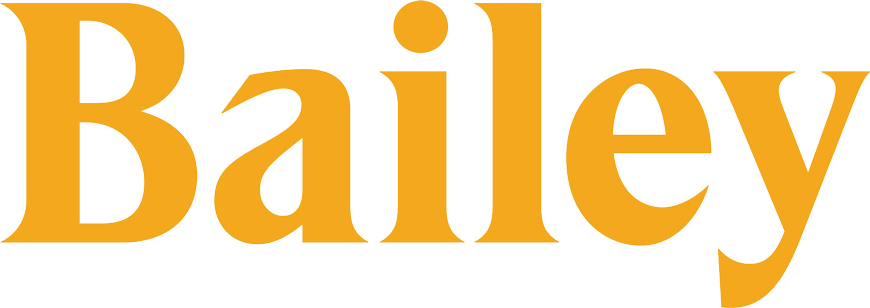Cairns Indigenous Art Fair
Cairns Indigenous Art Fair
The Cairns Indigenous Art Fair (CIAF) is Queensland’s quintessential celebration of Queensland Aboriginal and Torres Strait Islander art and culture held annually over three days in July.
CIAF provides authentic and vibrant platforms for cultural exchange and economic opportunity for Queensland Indigenous artists.
The display of traditional sculptural weaves by the Kuranda based KOCA (Keeping Our Culture Alive) collective through to the vibrant colours displayed in the work by Kaiadilt artist Netta Loogatha, are a testament to the cultural diversity and artistic expression of First Peoples of Far North Queensland.
In 2020, CIAF will be held from Friday 12 to Sunday 14 July, with opening night on Thursday 11 July.
About the artists

Netta Loogatha (Birruyingathai Maazli)
I was born on Bentinck Island at a place on the Northern side called Bilmee. We lived in humpies then - no clothes nothing at all. I learnt to hunt from an early age, how to fish and collect shellfish, how to gather foods from the bush. I was young when the Europeans came in 1946 to take us away from our home and forced us to live on Mornington Island in the dormitory in the mission there.
My father was King Alfred, he had six wives. When he died, his brother Percy took over the family and took care of us. When I grew up I went to the mainland and worked as a housemaid like a lot of the young girls from the island. I enjoyed this time being young and having fun. I returned to Mornington and became strongly involved in Land Rights and my people's wish to return to our homeland. I was a grandmother by the time we returned to our homeland and I used to live there most of the year, only returning to Mornington for the wet season. Now I am getting too old to live there. I cry for an opportunity to set my foot on my homeland again.
My artworks have become even more important to me to keep my memories of my home and culture ever strong.
Weavers from the KOCA (Keeping Our Culture Alive) Collective, Kuranda - Coralie Wason, Sandy Scott, Tess Bryne, Patty Oui, Kyesha Wason-Riley
KOCA means ‘Keeping Our Culture Alive’, established in the early 90’s as a CDEP program by founder and Master Weaver Rhonda Brim. This program was delivered with support from QIT aiming to ensure the continuation of traditional Djabugay weaving methods.
KOCA is of great importance to the group's founder as her passion is to ensure weaving methods are passed on to Bama and not lost to history.
From the early beginnings, KOCA worked ‘on country’ from Mona Mona mission facilitating traditional weaving workshops and weaving camps. A hands-on, practical approach was critical to the program's success in re-establishing connections to the knowledge of land, fibre and practice.
Participants held exhibitions, attended cultural exchanges Nationally and Internationally to share knowledge and create connections. A successful funding bid enabled KOCA to run a Bicornual weaving workshop with Master Weaver Abe Muriata.
This was an exciting time with more Bama learning the Bicornual style of weaving. The original CDEP ran for 6 years under this model of delivery until funding changes closed the program. In the interim KOCA weavers continued their weaving practice at homes and through NAIDOC workshops and cultural exchanges. KOCA’s latest evolution is with the re-establishment of the Community Development Program in 2017 through Rhonda Brims bid for the support of the revival of the KOCA program.
Many of the participants since then have learned the traditional dilly bag weaving method realising the dream of keeping culture alive.
Today participants continue to learn about fibres, their preparation and preservation through research and experimentation while some deviate from the Traditional methods experimenting with contemporary adaptations. KOCA has again seen weavers deliver workshops, sell their works to Galleries, Museums, personal collectors and the general public.
Artwork
Netta Loogatha (Birruyingathai Maali) - My Country, 2016
Synthetic polymer paint on linen
"It's good to make artworks, learn from each other. We learned all about our country and story places from our old people. Now we are painting and drawing them so our grandchildren will learn all about them.
Our Aunty Sally Gabori showed us the way, to learn from her and follow in her footsteps. We have our own paintings and drawings now of our homelands and sacred places, where we were born, oyster reefs and waterholes or camping spots. I am happy to show other people my country and culture through my art. It brings a smile to my face when I finish an artwork and see a part of me on it."
Available for sale through the KickArts Shop, Cairns
Weavers from the KOCA - Selection of untitled Dilly Bags, 2019
Various plant-based materials including Lomandra, Black palm and red seed and emu feathers
The dilly bag has a distinctive long oval shape with a twined or plaited handle. Dilly bags can be woven with Black Palm, Dalmba Grass and Lomandra. Often the shape and weaving style of a dilly bag becomes a distinctive signifier of a particular weaver.
Dilly bags were used while gathering and preparing food often carrying seeds, nuts, fruit and other items. While foraging, items would be placed into the dilly bag and transported back to camp. During food preparation, the dilly bag became a strainer to leech poisons before eating.
Located at Level 7
